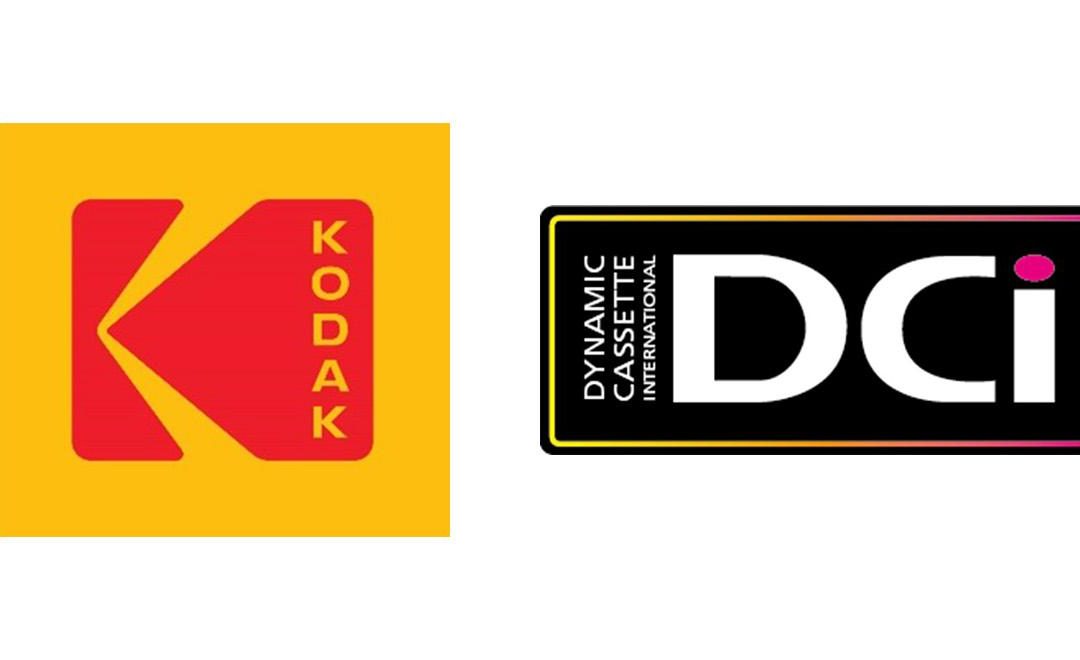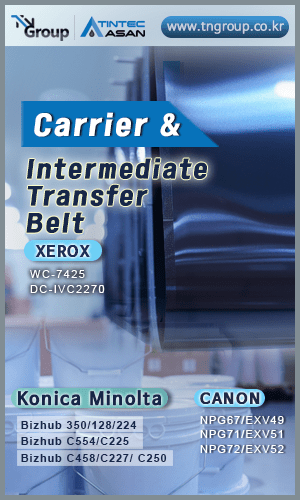
While firms, particularly in the accounting sector, are transitioning toward going paperless, printers are still a business necessity – but what is the cost of continuing to print?
As accountingTODAY reports, “many firms are working toward going paperless” but in the meantime offices still have printers installed while they go about making the transition. But what are the financial ramifications of continuing to print out business documents?
One of the key selling points used by prominent printer vendors is their “inexpensive cost per page”, particularly when it comes to the latest MFPs and inkjet models. HP famously launched its Instant Ink campaign, which charges a fixed price for a fixed number of pages, with the remainder rolling over to the next month if you don’t use up your quota. However, the downside is that this service is not available on all printer models, and as it “maxes out at 300 pages per month”, meaning it is not ideal for businesses such as accountancy firms.
Meanwhile, Brother unveiled an INKvestment program offering “high-capacity ink cartridges at a reasonable price”, with each black cartridge capable of producing 3,000 pages and each colour cartridge capable of producing 1,500 pages. Canon and Epson similarly followed suit with their refillable ink tank printers and MFPs.
Nevertheless, while these ink plans “offer value”, it is “not the ink yield that’s the important figure in calculating whether a particular device makes economic sense” – it is the total cost of ownership (TCO).
When it comes to cartridge page yield, these are “measured using a standardised test protocol developed by the ISO”; however, there are “two conceptual problems” when it comes to using these results. Firstly, the ISO yields are “meant to be used as a benchmark”, with the test pages offering 5 percent print coverage, which may be in complete variance to the coverage used by businesses.
Secondly, “cost-per-page vendor calculations don’t take into effect the cost of ancillary components necessary to operate the device.” Inkjet printers have maintenance kits which “frequently” have to be replaced every so often, and laser printers have various components which need replacing “after a fixed number” of prints. All of these costs add up.
The actual acquisition price of the printer also needs to be factored in.
Firms “can compute the relative total cost of ownership for different devices” by taking into consideration engine life, ISO yield and the estimated cost of the components the printer will require during the period of its engine life. The article advises, “When making these kinds of TCO comparisons, it’s usually a good idea to assume that half your printing will be in monochrome and half in colour.”
Calculating the total cost of ownership will give firms “a better and fairer birds-eye view of the cost of one device versus another.”









